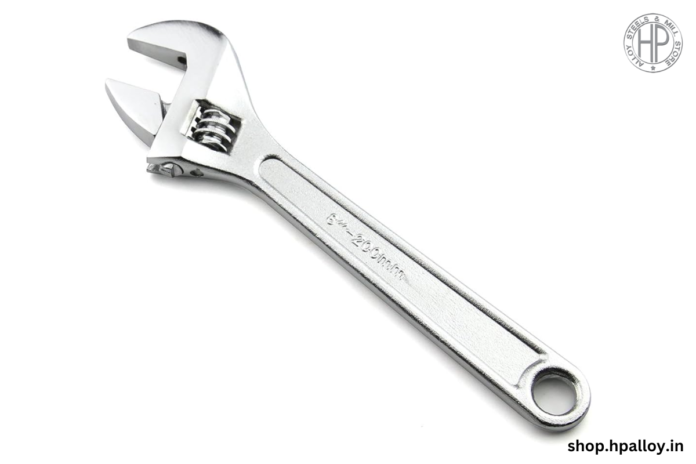Introduction:
In the world of tools, adaptability reigns supreme. Among the various tools in a handyman’s armory, few are more versatile than the adjustable spanner wrench. This innovative instrument, with its movable jaws, has been a fixture in workshops, garages, and building sites for decades. In this detailed article, we’ll go over the history, mechanics, applications, and best practices for utilizing an adjustable spanner wrench.
The adjustable spanner wrench, also called an adjustable wrench or crescent wrench, originated in the late 19th century. It was created by Swedish inventor Johan Petter Johansson in 1891 and patented in 1892. Johansson’s idea transformed the way bolts and nuts were tightened and loosened by creating a wrench with moveable jaws that could be modified to accommodate a variety of fasteners.
Adjustable spanner wrenches were originally employed in industrial settings, particularly for machinery maintenance and repair. However, as their value became clear, they made their way into the toolboxes of plumbers, electricians, carpenters, and DIY enthusiasts all over the world.
Mechanism of the Adjustable Spanner Wrench:
An adjustable spanner wrench is made up of three parts: a handle, a fixed jaw, and a moveable jaw. The handle offers leverage for twisting, and the jaws securely grab the fastener. What distinguishes the adjustable spanner wrench is its innovative adjustment mechanism, which usually consists of a worm screw and a knurled wheel.
To adjust the wrench, turn the knurled wheel, which causes the movable jaw to travel along the worm screw. This allows the user to exactly size the wrench for the fastener, reducing the need for multiple wrenches of varying sizes. Once adjusted, the jaws lock in place, providing a firm and secure grip on the fastener.
Applications for the Adjustable Spanner Wrench:
The adjustable spanner wrench’s versatility makes it handy in a variety of applications. Here are some common applications:
- Plumbing: Adjustable spanner wrenches are often used to tighten and loosen pipe fittings, nuts, and bolts.
- Automotive Repair: Mechanics use adjustable spanner wrenches to operate on a variety of car components, including oil filter replacement, bolt tightening, and suspension adjustment.
- Construction: Adjustable spanner wrenches are used to assemble scaffolding, tighten structural bolts, and adjust nuts and bolts on machinery.
- Home Maintenance: Adjustable spanner wrenches are useful for a variety of domestic maintenance activities, including assembling furniture and mending leaky taps.
- Bicycle Repair: Cyclists frequently carry adjustable spanner wrenches for making on-the-spot repairs and modifications to their bikes, such as tightening handlebars or modifying seat height.
Tips for using adjustable spanner wrenches:
While adjustable spanner wrenches are versatile tools, proper use is critical to maintain best performance and fastener protection. Here are some guidelines for utilizing adjustable spanner wrenches effectively:
- Select the Correct Size: Before using an adjustable spanner wrench, make sure it is set to fit the fastener tightly. Using an incorrectly sized wrench might cause sliding, rounding off the edges of the fastener, and perhaps causing harm.
- Apply Even Pressure: When tightening or loosening a fastener, use even pressure on the wrench’s handle. Avoid using too much force, since this might harm the fastener or the wrench itself.
- Use Proper Technique: To get the most grip and leverage, put an adjustable spanner wrench perpendicular to the bolt. Avoid angling the wrench; this might result in slippage and stripped fasteners.
- Inspect Regularly: Check your adjustable spanner wrench for symptoms of wear and damage, such as worn jaws or loose adjustment mechanisms. Replace any worn or damaged parts to keep the wrench functional and safe.
- Store Properly: To extend the life of your adjustable spanner wrench, keep it dry and away from moisture and corrosives. Consider using a tool organizer or toolbox to keep your tools organized and easily accessible.
Conclusion: The adjustable spanner wrench is one of the most versatile and useful instruments. From plumbing and automobile repair to construction and household maintenance, this important item has earned a spot in every handyman’s toolbox. Understanding its history, mechanics, applications, and proper usage practices will allow you to master the art of the adjustable spanner wrench and approach any work with confidence and ease.


















